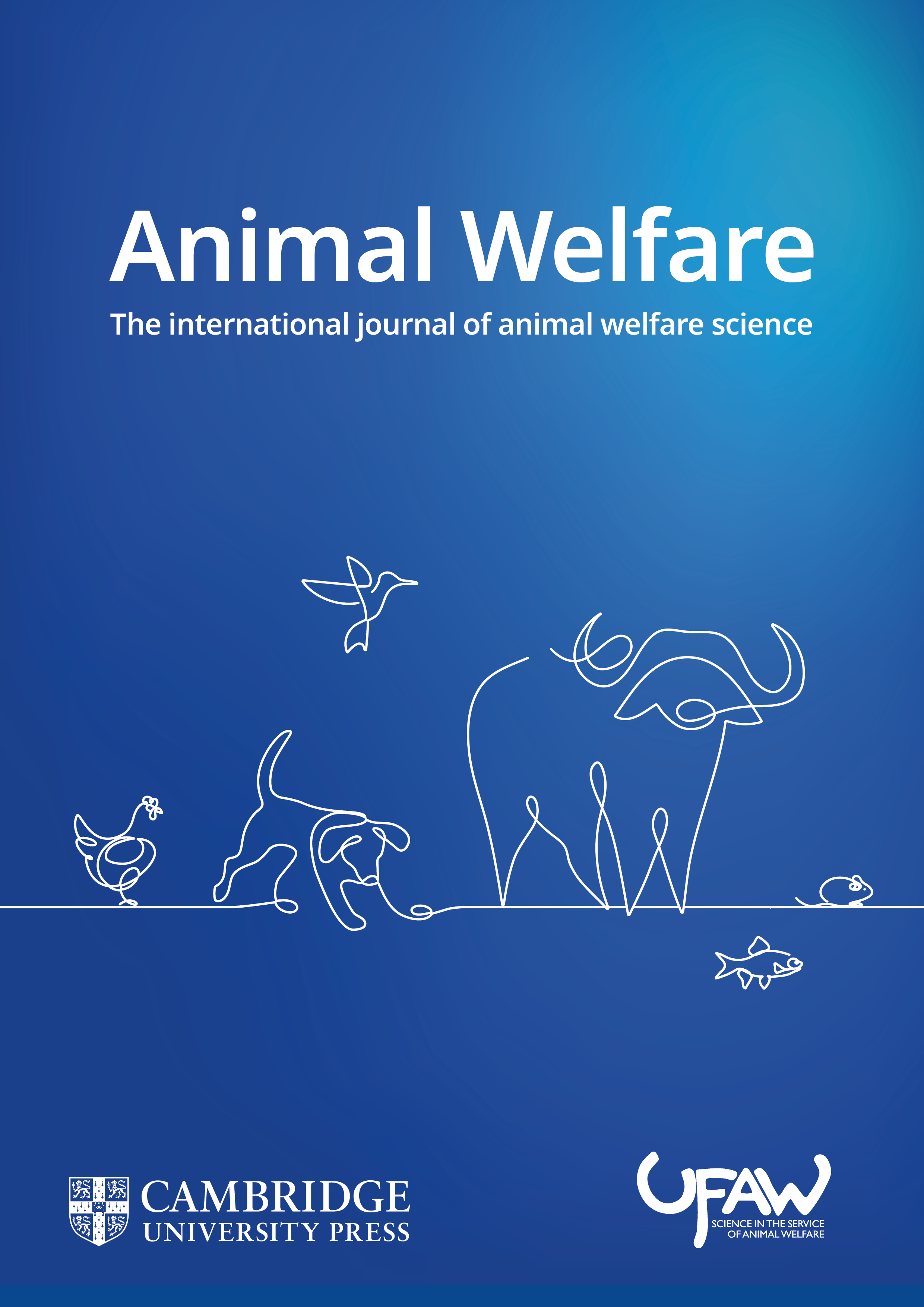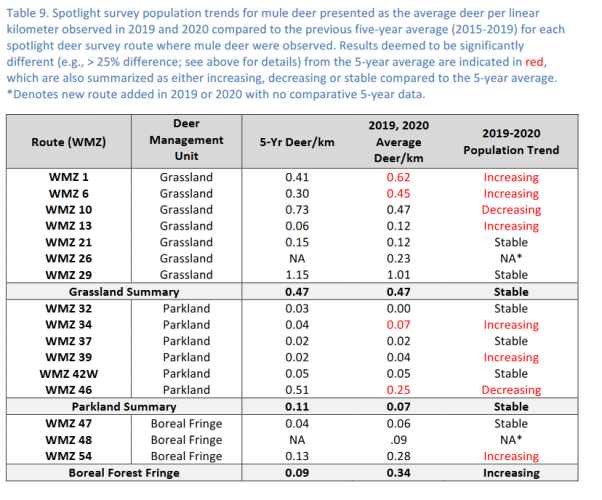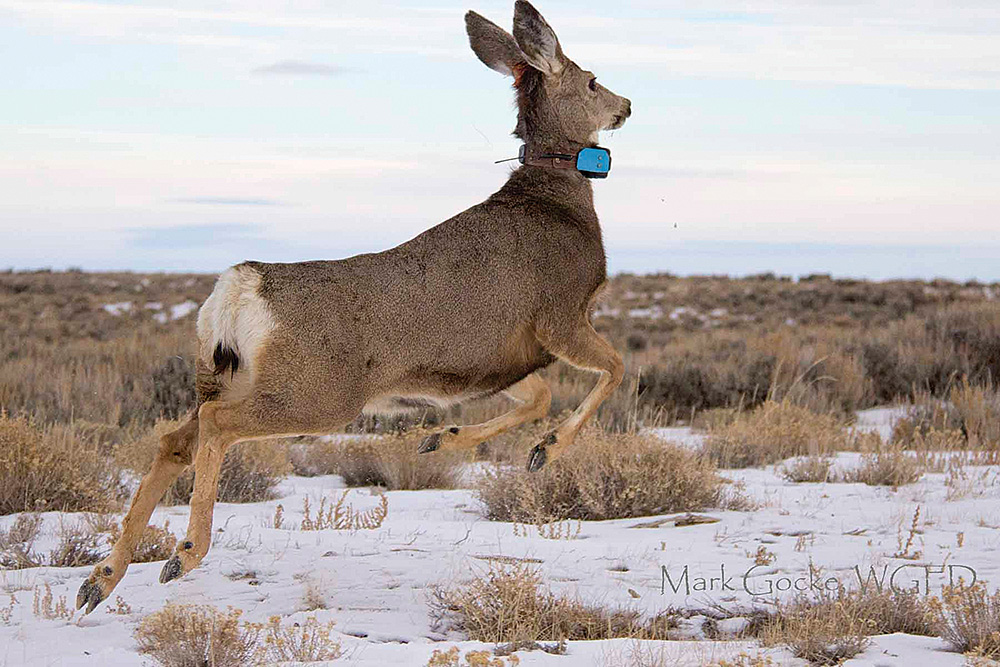Killem befor de catchitSome people just love nothing more than getting dunked on over and over again.
Navigation
Install the app
How to install the app on iOS
Follow along with the video below to see how to install our site as a web app on your home screen.
Note: This feature may not be available in some browsers.
More options
You are using an out of date browser. It may not display this or other websites correctly.
You should upgrade or use an alternative browser.
You should upgrade or use an alternative browser.
Baiting Bill (1151) is Senate side
- Thread starter brocksw
- Start date
brocksw
Well-known member
Remember, susceptibility is not the same as resistant or immune. Should they have sampled genetics for those deer? I guess, why not. But it is highly unlikely that any of those 50 deer had the missing link, the winning lottery ticket of CWD immunity, if you will.Casey Anderson 2 nights ago in the videos you posted said a "few" wild deer have been found to be carriers of that less susceptible/genetic marker that prolongs a deers life cycle before showing symptoms of cwd.. Wouldnt it be best if it was tested for (let's use my Williston example again) becuase in that "hot spot" as Casey called it if the 1 death that was in a family group had it, but if a couple of the 52 other deer were carriers of the marker, wouldn't it show at least some increase in an are of a less susceptible population?
If you told me a couple of those deer had these less susceptible genotype, I wouldn't think much of it. Something worth monitoring in that areas deer herd? I guess, maybe? But since those "less susceptible" genotypes still get the disease, still carry the disease, still spread the disease, and ultimately still die of the disease(as Dr. Seabury and others have stated), why should we treat it as some major breakthrough? Or treat the fact that the GF hasn't put more effort behind obtaining genetic samples as some major failure?
Should we do more genetic testing in ND? I dunno, I guess I'm not going to fight over it. But just an FYI, It would likely require mandatory testing/genetic sampling to be of much good. How would bill proponents who've spent the last few months downplaying CWD feel about mandatory testing/sampling? I know I have my guess...
Also, how much of our hunter dollars will be allocated to genetic testing? What do the results buy us if, as we've established, there is no complete immunity?
The big difference between sheep/scrapie and cervids/cwd is that complete immunity was found relatively quickly with sheep and scrapie. Again, that has not happened with cervids/cwd, so why devote the time/energy/money to genetic testing at a large scale? If complete immunity is found, then we at least know what we're looking for, genetically. But there would still be a long road ahead to applying that knowledge to wild populations, not to mention figuring out what the potential side effects are for artificially selecting for those genetics.I also know a little bit about that generic variation you're talking about in cattle herds.. Have you ever heard of a leptin gene in cattle? It's a marker that's now being tested for feed efficiency. Our family hasn't bought a bull in the last 5 years that isn't TT (double marker carrying) and for years prior were buying bulls with at least one marker (CT)..and I would be willing to bet that over the last few years that at least 50-60% (if not higher) of our cattle herd are now carriers of at least 1 marker. I also know on the scrapies side of things, it's less common to buy a QR ram (less susceptible scrapies carrier) and that buying RR rams rams is the much better option. Again, im not calling to dump semi loads of deer out as you say.. I'm just saying that maybe a little effort into checking genetic markers on deer in North Dakota "hot spots" isn't an awful idea.
An example of negative side effects of genetic selection in dairy cattle:
"Milk yield per cow has more than doubled in the previous 40 years and many cows now produce more than 20,000 kg of milk per lactation. The increase in production should be viewed with concern because: i) the increase in milk yield has been accompanied by declining fertility, increasing leg and metabolic problems and declining longevity; ii) there are unfavourable genetic correlations between milk yield and fertility, mastitis and other production diseases, indicating that deterioration in fertility and health is largely a consequence of selection for increased milk yield"

The impact of genetic selection for increased milk yield on the welfare of dairy cows | Animal Welfare | Cambridge Core
The impact of genetic selection for increased milk yield on the welfare of dairy cows - Volume 19 Issue S1
I think if you do some more digging you'll find that some significant culling (thousands of deer) took place in or very near the 2 units you just mentioned. To my understanding, most of that was done in 2005-2006. Do you think that alters the baseline for population counts in the years 2007-2009 (immediately after major culling efforts) highlighted in the population tables?Now to Sask again and those charts toy talk about. Let's use units 10 and 46 (CWD Hotspot). White tails are stable to increasing in population so we will leave them out of the conversation. Out of every unit mule deer pops were checked in.. Only those 2 were found to be decreasing (that's why I picked them). Up top on the winter severity chart in that link it says "above average snow fall along with a bitterly cold February".. That might tie into the population decline a bit.. Could also have something to do with post Covid years (Canada was super strict on rules, but has really relaxed the last 2 years) Canadians (and nonresidents) started purchasing tags again.. They went from a couple of the worst license sales years in history back to increased levels and have been taking a 3f2 management strategy up there where the numbers of tags is that much in excess to try and follow some AFWA best management practices like "Reducing cervid density in CWD-positive areas with high animal density." and that possibly could be a reason in a population decline? Because even that link I posted from sask says "cwd could possibly be contributing to a decline in some parts of the Grasslands region".
It's also worth noting that Saskatchewan does not offer Non-Resident mule deer tags, so that part of your statement does not apply.
But look at and compare the maps of CWD positives with the populations tables. Many of the areas outside of the main hot spots, didn't really take off in terms of CWD prevelence until 2017/2018. So in many areas the disease has not been on the landscape very long, and population effects from CWD take time (years) to manifest.
But you're right, hard winters among a variety of other environmental factors make deer counts challenging in some cases. An interesting note, Arkansas is going to be releasing a study soon that shows cold weather fronts are particularly hard on CWD infected deer.
In ND we conduct multiple aerial population surveys for mule deer annually (spring and fall). Saskatchewan, to my knowledge hasn't gotten anywhere close to that. Saskatchewan is missing multiple years of aerial counts, and their linear spotlighting survey methods have been called into question before and have shown some inconsistencies. Who would've guessed that driving down a set route at night, spotlighting animals, isn't seen as the most efficient or accurate way to assess populations over large areas?
But even so, look at spotlighting population count tables showing 5 year trends. Increasing populations are an increase of less than a tenth of a deer in some cases. I would hardly call that population thriving or any of that data showing much for population growth. In fact, the largest swings in 5 year population trends are negative swings in the CWD affected units 10 and 46 that you specifically mention.

I have seen very little to no data to show us what Sask populations were in say, 1995 or 1990, or any time frame before CWD was on the landscape. So their current population data doesn't really show us a complete picture of what's going on there.
Saskatchewan will be releasing the results of a population study recently completed, either late this year or potentially next year. I'm very curious how they use their more recent population data in that study. but here's some first hand accounts of hunter observations in some of those CWD hot spots.
Sask Mule Deer Pop. - Alberta Outdoorsmen Forum
Sask Mule Deer Pop. Hunting Discussion
www.outdoorsmenforum.ca
Another interesting factoid. 3 of 4 population studies have shown measurable population declines. The 4th, that showed some population stablization, had to have hunting curtailed in order to maintain that stablization.

Population-Level Effects of Chronic Wasting Disease
By David Hewitt, B&C Professional Member Chronic wasting disease (CWD) is a malady of the deer famil
I don't deny there is some level of uncertainty with the future of CWD. But so far, what we know is that the longer this disease persists on the landscape, the more intensely it is allowed to grow, the more negative impacts it is shown to have. CO and WY have had the disease longer than anyone else. Yet they still have parts of each state that are CWD free. Large portions of each state still have low prevalence (under 5%). In contrast, Saskatchewan's data is trending much differently. CWD is basically being found across all of southern Saskatchewan, an area slightly larger than the entire state of CO or WY, and the annual positive test data is getting worse every year.
I'd say it depends on where you stand on the ethics of baiting. If you're strongly in support or in opposition to baiting, that graphic doesn't represent your views very well. The graphic is simply stating that there is a gray area in the ethics of baiting. Which is 100% true.If the department is going to stay completely neutral on the ethics side, wouldn't it make more sense for that graphic to not be in there?..
But by pretending that ethics dynamic doesn't exist (on a variety of issues), and avoiding the discussion (or censoring that graphic), we are not doing our new hunters in training any favors by preventing them from knowing that dynamic exists.
brocksw
Well-known member
I know this is quite anecdotal, but I've talked to some folks involved in genetic research regarding CWD. 3 of them told me that the deer they've studied with the less susceptible genotypes have observable differences in behavior. They did not behave like the deer with the more common genotypes. A difficult thing to observe, quantify, and record, and outside the focus of those studies. But I found that quite interesting.Maybe it's associated with the "like to hang out by the road" gene?
8andcounting
Well-known member
- Joined
- Dec 16, 2013
- Messages
- 3,440
Sounds like unit 2B met the 10% testing with no cwd found and baiting ban will be removed for 2024 . Atleast that’s the rumors I’m hearing . Who knows . Could be just that , rumors .
CraneMan
Member
According to NDGF Deputy Director as of Saturday (1/6/2024), they had not yet met the 10% but were close, so not sure how they could have done that and completed testing them by today. Possible it may happen, but rumors.Sounds like unit 2B met the 10% testing with no cwd found and baiting ban will be removed for 2024 . Atleast that’s the rumors I’m hearing . Who knows . Could be just that , rumors .
8andcounting
Well-known member
- Joined
- Dec 16, 2013
- Messages
- 3,440
Yep they got the 5 I do know that but results back yet I doubt . Maybe worry about bad winters and lead poisoning insteadAccording to NDGF Deputy Director as of Saturday (1/6/2024), they had not yet met the 10% but were close, so not sure how they could have done that and completed testing them by today. Possible it may happen, but rumors.
8andcounting
Well-known member
- Joined
- Dec 16, 2013
- Messages
- 3,440
The criteria to have the baiting ban lifted in unit 2b east end of state has been met and the ban will be lifted . 0 positive results , the threshold of having 10% of gun tags tested was met . Also met with 0 positives in a couple other units




